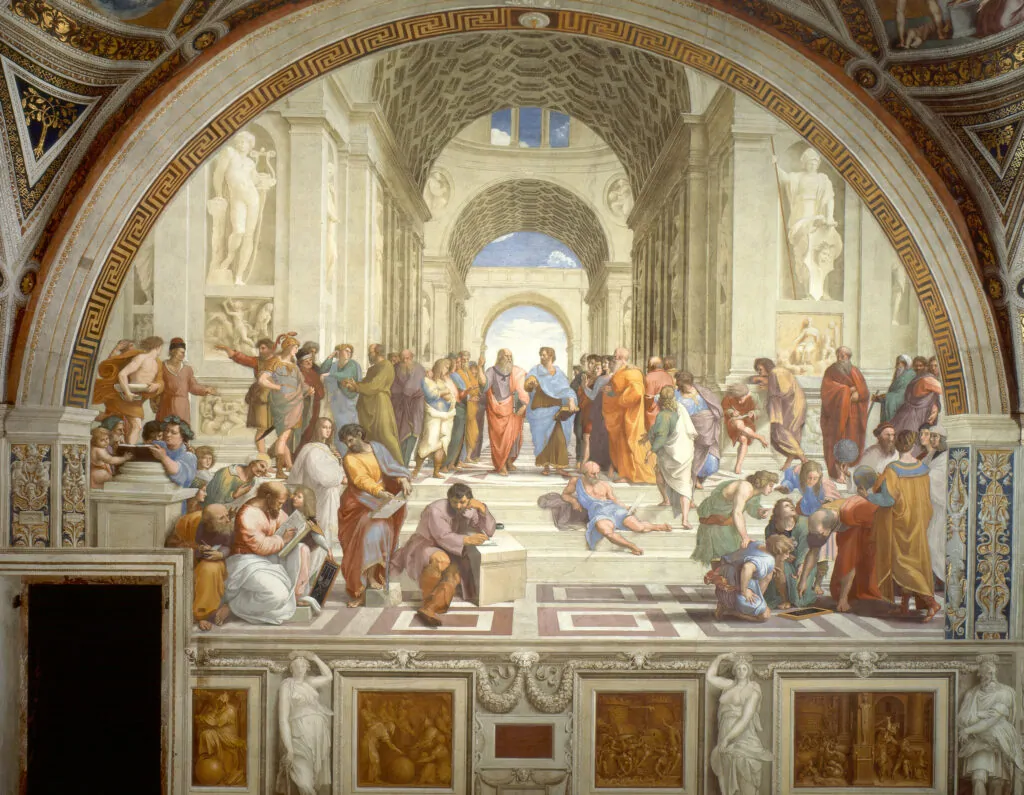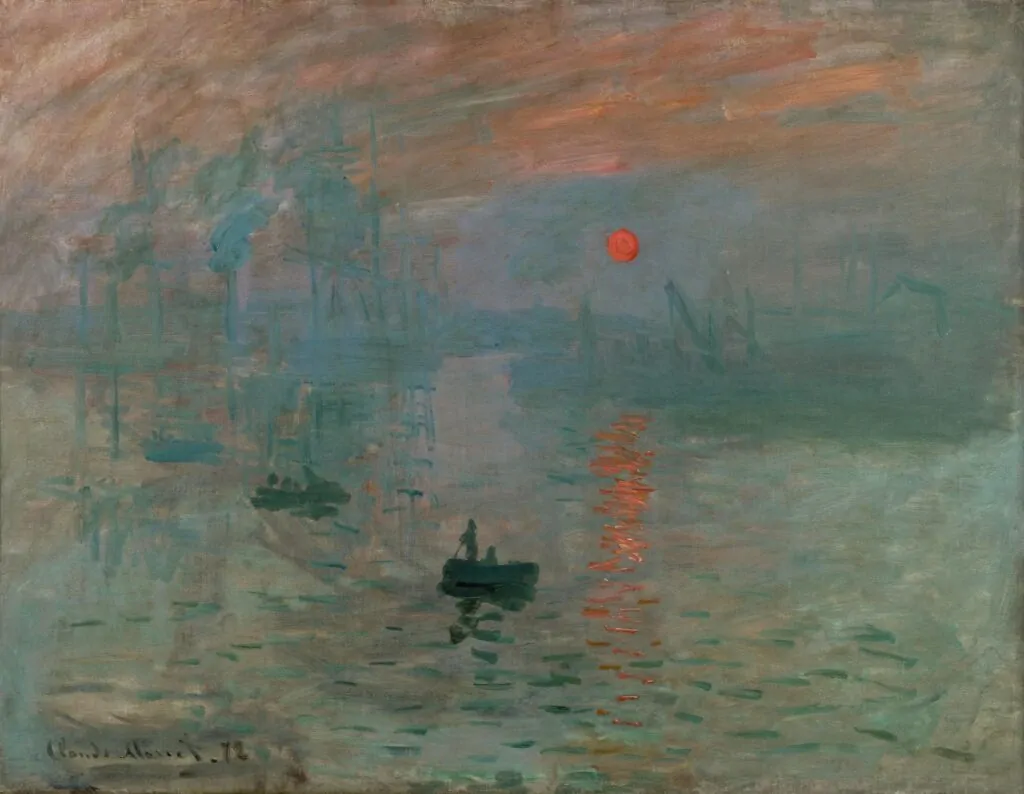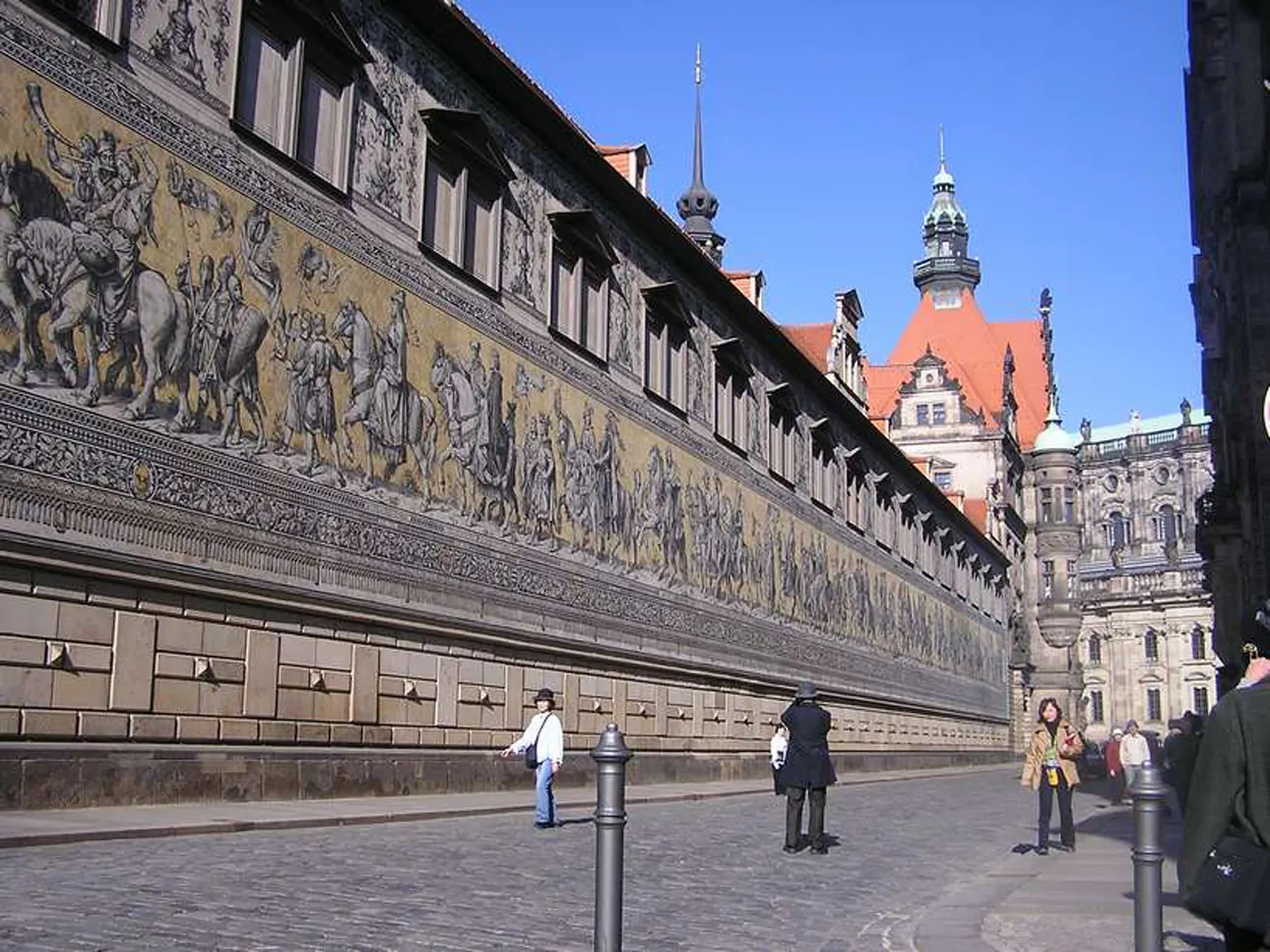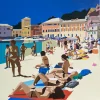The combination of classical art principles and video game design has led to a fascinating evolution in visual storytelling. As video games further advance the bounds of technology, game designers and artists increasingly mine classical art movements for influence, employing centuries-old techniques to create digital environments that engage gamers on a deeper aesthetic level.

The Renaissance Connection
Renaissance art has an impact on the detail, perspective, and lighting of game graphics today. Game designers have applied Renaissance masters’ understanding of human anatomy and natural proportions to character models and environments. This would be the artistic legacy present in those games that strive for photorealistic representation, just as the Renaissance artists tried to delineate the world with a new accuracy.
While chiaroscuro was first exploited by masters like Caravaggio, its principles are expressed through dynamic lighting systems that establish mood and atmosphere in the world, whether neon-it streets in cyberpunk cities or a medieval castle lit by flickering torches. Even online slots have felt the impact of these classical traditions; leading games often boast elaborate Renaissance-style frames and ornate decorative elements, which take the visual experience far beyond the point of a mere gambling interface.
Impressionism in the Digital Age
The similarity between Impressionism and modern game graphics goes beyond superficial similarities. The modern game designer has wholeheartedly embraced the Impressionist preoccupation with rendering the effects of light and atmosphere in vividly changeable environments. From the dappled light seeping through the foliage of treetop canopies to subtle changes in the weather that make for both a shift in visibility and mood, this technique has redefined the representation of nature in games.
The Impressionists’ use of visible brushstrokes to convey texture and motion finds its digital equivalent in various rendering techniques applied to give depth and character to the worlds of games.

Baroque Dramatics and Modern Gaming
The theatrical sense of dramatic composition and emotional intensity of the Baroque period has had a profound impact on modern games’ composition of their scenes and staging of narrative moments.
Baroque-style diagonal compositions and dramatic lighting are so commonly utilized by game designers as a means of generating tension and focusing player attention. It is most noticeable in cutscenes and character stances where the theatricality of pose and emotional expressiveness enhances narrative weight and dramatic resonance.
Art Nouveau’s Digital Renaissance
The flowing lines and organic motifs of Art Nouveau find rebirth in modern game design, especially in fantasy and adventure games, and have trickled down to many aspects of today’s video games, in UI design, character costumes, and architecture within game worlds. Organic forms and ornamentation characteristic of the movement pleased a generation of games, introducing natural and fantastical elements to create identities both historic and contemporary.
Abstract Expressionism and Modern Visual Effects
The intense emotional style of Abstract Expressionism has seeped into how games represent magic systems, special effects, and particle physics. Color, motion, and even emotional resonance have been borrowed from the movement by game developers in order to create stunning visual effects that elicit feelings of power and energy through artistic consistency. This is evident in how games render supernatural or technological effects where abstract forms and shapes utilize pure visual language to show complex ideas.
Gothic Architecture in Digital Spaces
The pointed arch and emphasis on verticality, along with the complex geometric patterning of the style, have ensured that medieval Gothic architecture has been influential beyond its obvious use in the fantasy genre. Indeed, Gothic motifs routinely appear in many virtual worlds as a way of imparting a sense of scale and grandeur, whether in traditional fantasy settings or being reinterpreted from a modern standpoint in a contemporary or futuristic environment.
Ultimately
The conjunction of classic art styles with modern computer game graphics is a very interestingly synthesized combination of timeless artistic principles and the most contemporary technology. Such a convergence allowed game developers to realize ever-more sophisticated and emotionally powerful visual experiences that would pay proper homage to the artistic heritage while challenging the frontiers of digital communication.
While technology keeps changing, the basic principles instilled by classical art movements continue to hold true and form a strong foundation for the next generation of digital artists and game designers. The ongoing dialogue between the artistic norms of the past and the present within video games ensures that their development as a unique and valuable genre of visual art will continue to evolve, being equally able to uphold historical artistic principles and forge new forms of expression for future generations to embrace.





